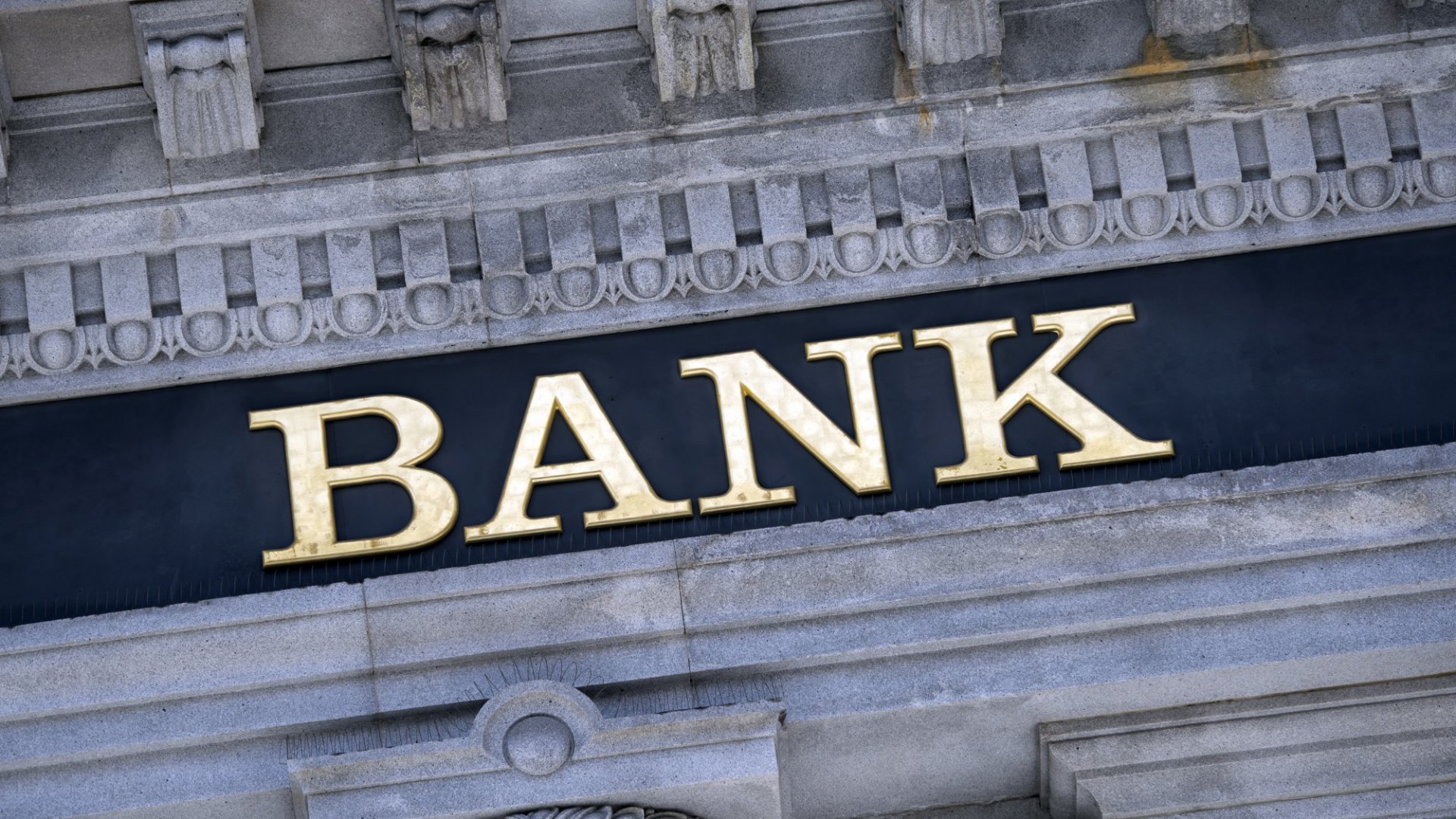The Banking Industry in 2023: Key Trends to Look out for
The banking industry is constantly evolving in response to changes in the economy, technology, and consumer habits. Banks are introducing new digital services for customers in order to keep up with the fast-paced world of finance. At the same time, regulations and security measures are becoming increasingly stringent to protect customers from fraud and data breaches. Overall, the banking sector is becoming more accessible than ever before, with banks offering a wide range of services from traditional financial products to digital solutions.
In 2023, the banking industry is expected to keep innovating and improving. New technology and changes in consumer behavior will have a major impact on the way banks operate. Here are some of the key trends to look out for in the coming year:
The rise of mobile banking
Mobile banking is becoming increasingly popular, with more and more customers accessing their accounts via a smartphone or tablet. Banks are continuing to invest in developing mobile apps that offer an easy-to-use and secure way of managing money on the go.
The mobile banking industry in the US is booming, with recent reports indicating that over 50% of US adults are using their mobile devices for financial transactions. Another research shows the number of people using digital banking in the U.S. increased from 196.8 million in 2021 to 203 million in 2022, a trend that is expected to carry on in 2023.
The growth of the industry has been rapid, driven by technological advancements and consumer preferences. Apps such as Venmo and Cash App have made it easier than ever to access funds, pay bills, and transfer money between accounts.
Banks are investing heavily in developing new features to keep up with customer demand and capitalize on the lucrative mobile banking market. This rise in popularity is projected to continue as users become more comfortable utilizing their devices for financial services.
Mobile banking will continue to gain traction in 2023 as consumers increasingly rely on their digital devices for financial transactions. Banks are anticipating a surge in mobile banking usage, with customers opting for the convenience and accessibility it provides.
To cash in on this trend, banks are introducing new features such as remote check deposits and contactless payments in order to meet this demand. As more customers turn towards using their phones or tablets to access their finances, the rise of mobile banking will become an important part of daily life in 2023.
The adoption of AI and machine learning
Artificial intelligence (AI) and machine learning are transforming the banking industry. AI is being used to improve customer service, detect fraud, and automate mundane tasks. AI-based chatbots can now provide customers with fast answers to their queries without needing direct human intervention.
By leveraging data analysis, banks can use AI to get insights into customer behavior, spot trends, reduce fraud risk, and provide more personalized services. AI is also being used to facilitate automated processes such as loan approvals, account maintenance, and investment decisions.
Machine learning algorithms can analyze vast amounts of data in order to identify patterns and detect suspicious activities, helping banks stay one step ahead of fraudulent activity. Banks are also leveraging these technologies for marketing purposes, such as creating personalized offers for customers based on their spending habits or recommending financial products tailored to their needs.
Both AI and machine learning have been slowly but steadily gaining traction in the banking industry. The rate at which banks are adopting these technologies is gradually increasing, as more and more institutions recognize their potential for improving customer experience and efficiency.
According to recent research, more than 65 percent of US banks now have an AI-based system in place, and about half of those plan to increase their investments in AI-related initiatives over the next few years. This illustrates that AI and machine learning are becoming an integral part of the banking landscape.
In 2023, we expect to see a wider implementation of AI and machine learning across all areas of banking services. Banks are investing heavily in these technologies to boost efficiency, cut costs and stay competitive.
The emergence of open banking
Open banking has been gaining momentum in the US recently, with state laws encouraging banks to open up access to customer data. By embracing open banking, banks are able to provide better services by integrating their system with third-party applications and allowing customers to securely move data between accounts.
This makes it easier for customers to switch banking providers, compare rates and track purchases. Open banking also opens up access to new financial products and services that wouldn’t have been available before.
Open banking is helping banks to expand their reach by connecting them with other companies, allowing them to offer customers a wider range of services beyond the traditional offerings. It allows banks to take advantage of new business opportunities while also providing customers with access to more customized financial services.
This trend is projected to grow rapidly in 2023 as more banks adopt open banking platforms and start collaborating with other financial service providers.
Data Security
Data security is of paramount importance in the banking industry, especially when it comes to mobile banking. Banks must ensure that their systems are secure and that customer data is protected from potential cyber-attacks.
Banks face a daunting task when it comes to data security, with hackers constantly looking for new ways to breach their systems. To stay ahead of the curve, banks are investing heavily in state-of-the-art technologies such as encryption, two-factor authentication and biometrics. In addition, they have implemented rigorous processes and procedures that ensure compliance with regulatory requirements.
Banks are also embracing artificial intelligence (AI), machine learning and predictive analytics to detect suspicious activity, monitor behavior patterns and protect customer data. Through these measures, banks are able to provide better protection for customers and build trust in the banking system.
In 2023, banks will put increased emphasis on securing customer data by investing in cutting-edge encryption technologies and strengthening authentication protocols.
They will also focus on educating customers about cyber-security and implementing processes to detect fraud in real-time.
A decrease in brick-and-mortar bank locations
The banking industry is in the midst of a major digital transformation. More and more customers are opting for online banking services, resulting in a reduced number of physical bank branches.
Banks have responded to this trend by focusing on developing digital products and features that can meet customer needs without them having to physically visit a branch. Banks are also investing heavily in mobile apps, allowing customers to access their accounts from anywhere.
This shift towards digital has had an impact on brick-and-mortar banks, with many closing down or merging with other institutions as they look to reduce costs and stay competitive. In 2023, we expect to see an even greater decline in physical bank locations as banks continue to invest in digital solutions and offer customers more convenience and flexibility.
Changing customer demographics
The banking industry is seeing a shift in customer demographics, with younger generations leading the way in adopting digital banking services. Millennials and Gen Z are more tech-savvy than ever before, and they’re expecting banks to provide them with convenient and user-friendly experiences.
In response to this trend, banks have been investing heavily in developing innovative digital products that appeal to these customers. Banks have also been revamping their websites and mobile apps to make them more user-friendly and intuitive.
In 2023, we expect this trend of younger generations embracing digital banking services will continue to grow. Banks will need to invest even more resources into creating user-friendly apps and providing personalized experiences if they want to stay competitive in the market.
Increased focus on customer experience
As the banking industry continues to undergo digital transformation, banks are becoming increasingly focused on providing a superior customer experience. Banks understand that customers have more choice than ever before and they need to stand out from the competition if they want to acquire and retain customers.
Banks are investing heavily in technologies such as AI, machine learning and predictive analytics to gain insights into customer behavior and preferences. This data can then be used to provide personalized services and tailored products that meet customer needs.
In 2023, we expect this trend of banks focusing on customer experience will continue to grow as banks strive for differentiation in an increasingly competitive market. Banks will use data-driven insights to provide customized financial services and create personalized experiences for their customers.
Greater Regulation
The banking industry is highly regulated, and this trend will continue in 2023. Banks have a responsibility to protect customer data and adhere to banking regulations, and they are investing in technologies such as blockchain and AI to meet these requirements.
Banking regulation is an important part of the modern banking landscape, with regulators constantly implementing new rules and regulations in order to protect customers. These regulations require banks to meet minimum standards for capitalization, liquidity and risk management.
Banks are also mandated to comply with data security standards and be transparent about their operations. Regulatory bodies such as the Consumer Financial Protection Bureau keep a close watch on banks and issue fines when they fail to comply with the rules. As a result, banks must remain diligent in their compliance efforts in order to avoid costly penalties.
At the same time, banks are also using predictive analytics and machine learning to detect suspicious activity and monitor behavior patterns. These measures enable banks to provide better protection for customers while ensuring compliance with regulatory standards.
In 2023, we expect this trend of stricter regulatory standards and increased compliance measures to continue. Banks must remain vigilant in their efforts to adhere to regulations and protect customer data if they want to stay competitive in the market.
Increased focus on sustainability
The banking industry is recognizing the importance of sustainability and is beginning to invest more resources into developing solutions that benefit both customers and the environment. This includes initiatives such as providing green financing options, using renewable energy sources and reducing paper waste.
Banks are also investing in technologies such as blockchain, which can help reduce costs by eliminating middlemen and streamlining processes. These investments will enable banks to offer more sustainable services while minimizing their environmental footprint.
We expect this trend of banks focusing on sustainability to increase in 2023. Banks will continue to invest in technologies that help reduce costs, improve efficiency and benefit the environment. At the same time, they will strive to provide customers with more environmentally-friendly options and services.
Decentralized Finance
Decentralized finance (DeFi) is a rapidly growing sector of the banking industry and it is expected to continue gaining momentum in 2023. DeFi uses blockchain technology to provide financial services that are secure, transparent and decentralized. It also enables customers to access digital assets quickly, securely and without relying on third parties such as banks or brokers.
Banks are taking advantage of the technology to make their operations more efficient and cost-effective. For instance, they are able to engage in peer-to-peer transactions with no need for a third-party intermediary, providing faster payments and reducing fees.
In addition, banks are utilizing DeFi protocols to secure digital assets such as cryptocurrencies, which helps to protect their customers’ funds from potential fraud and scams. Furthermore, banks are using DeFi platforms to issue tokens that can be exchanged for other currencies or used for various financing purposes.
This type of technology has the potential to revolutionize traditional banking models by offering more seamless, efficient and cost-effective services. In 2023, we expect this trend of DeFi adoption to increase significantly as banks look for new ways to stay competitive in an increasingly digital world.
Conclusion
The banking industry is undergoing a period of rapid transformation as new technology and regulations reshape the sector. In 2023, we expect banks will continue to focus on customer experience, adhere to stricter regulatory standards and prioritize sustainability. These trends represent an opportunity for banks to differentiate themselves from their competitors by providing superior services and products that meet customer needs while helping protect the environment.
By investing in innovative technologies such as AI, blockchain and predictive analytics, banks can leverage these trends to their advantage and remain competitive in the market.
Ultimately, 2023 is expected to be a year of rapid innovation and growth for the banking industry as technology continues to transform traditional banking models. As banks adopt new technologies and prioritize customer experience and sustainability, they will be well-positioned to capitalize on this transformation and stay ahead of the competition.






